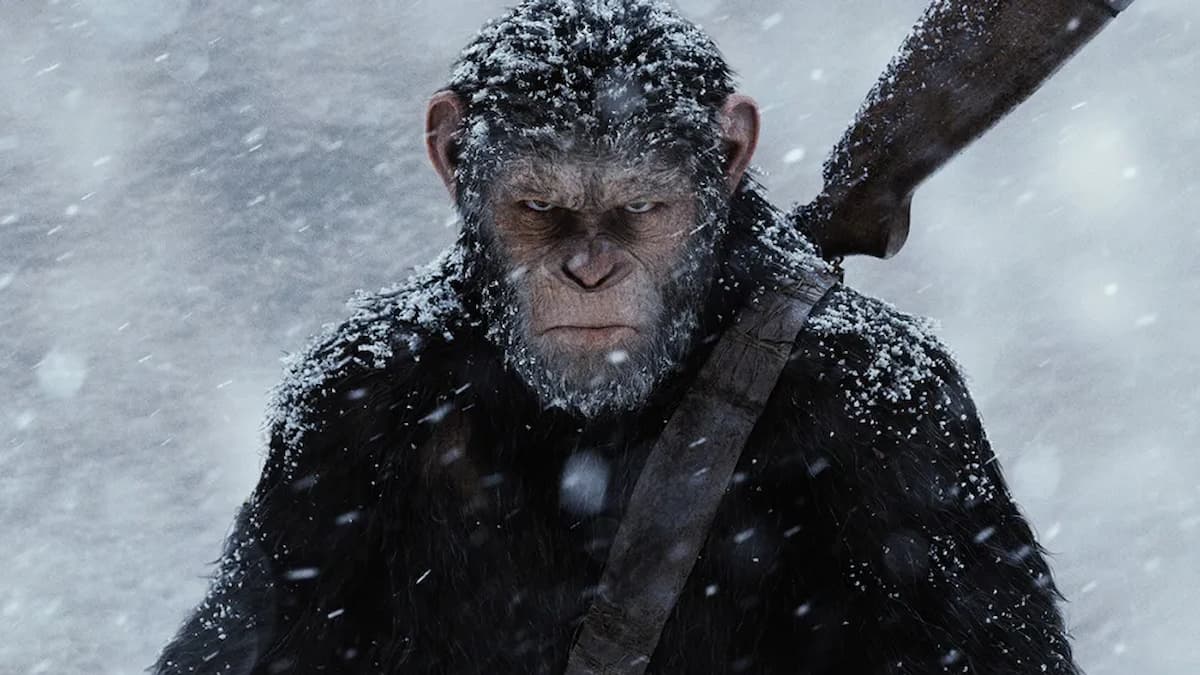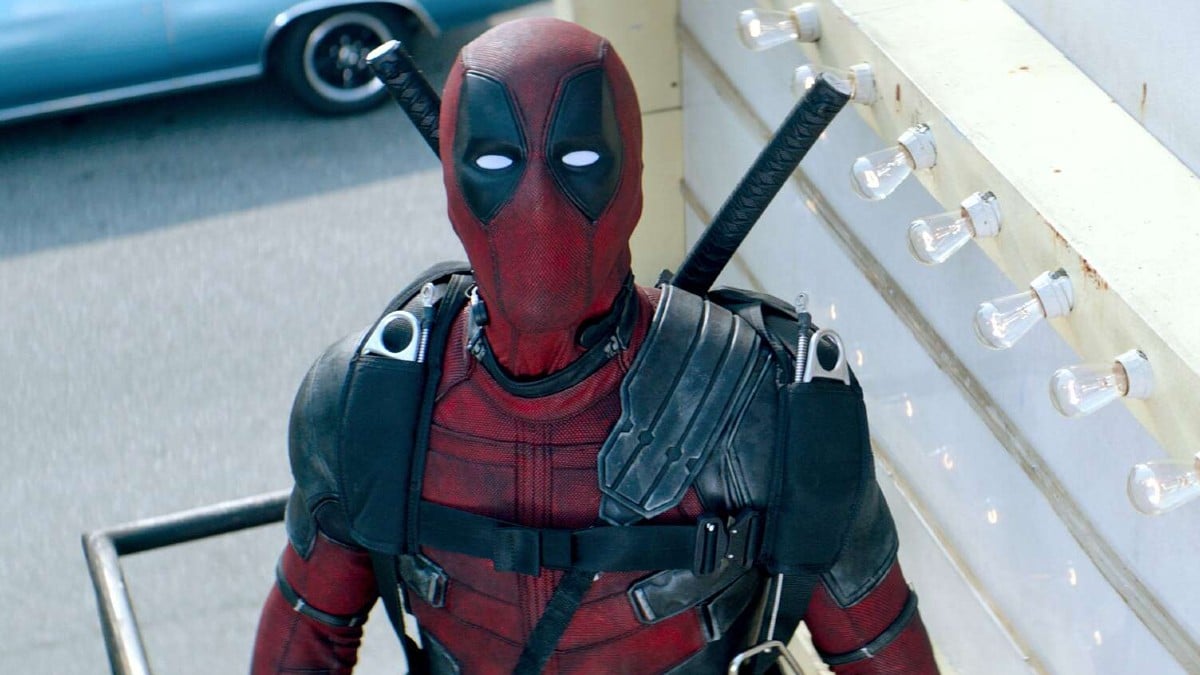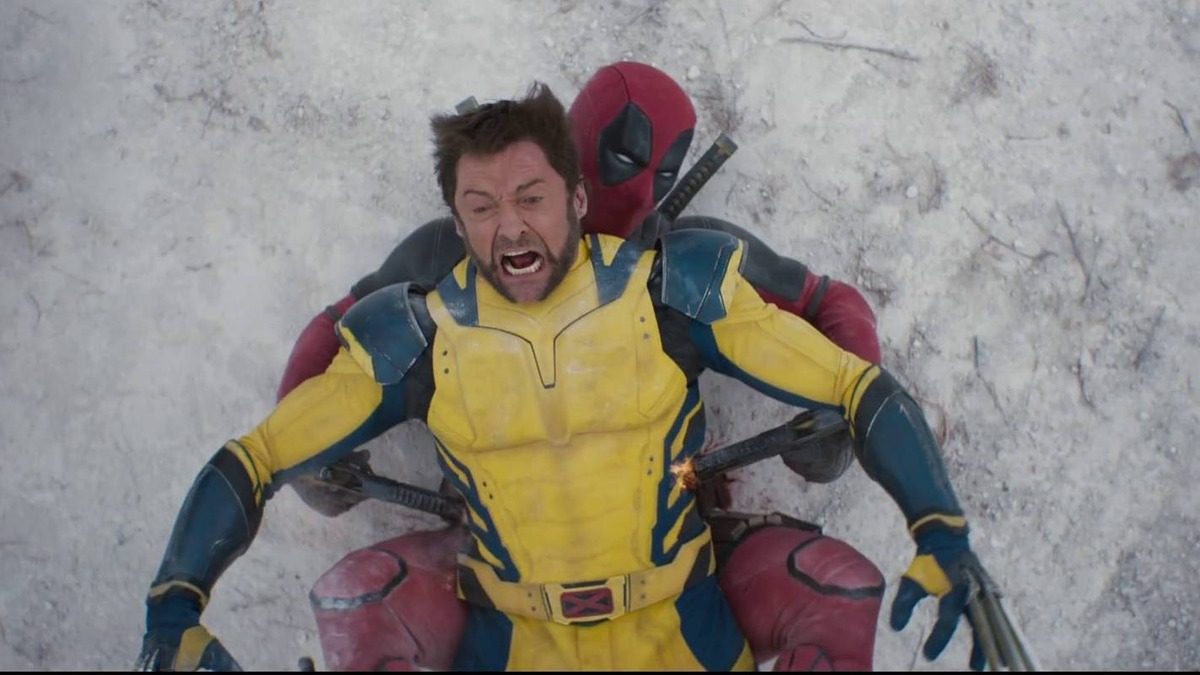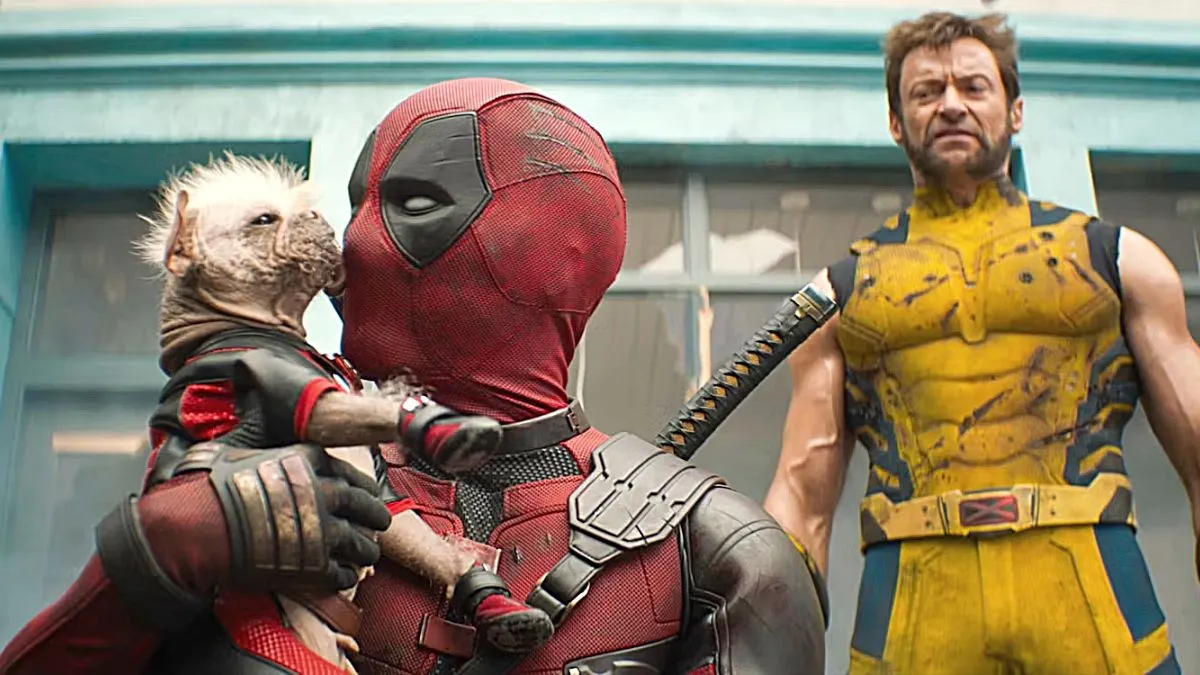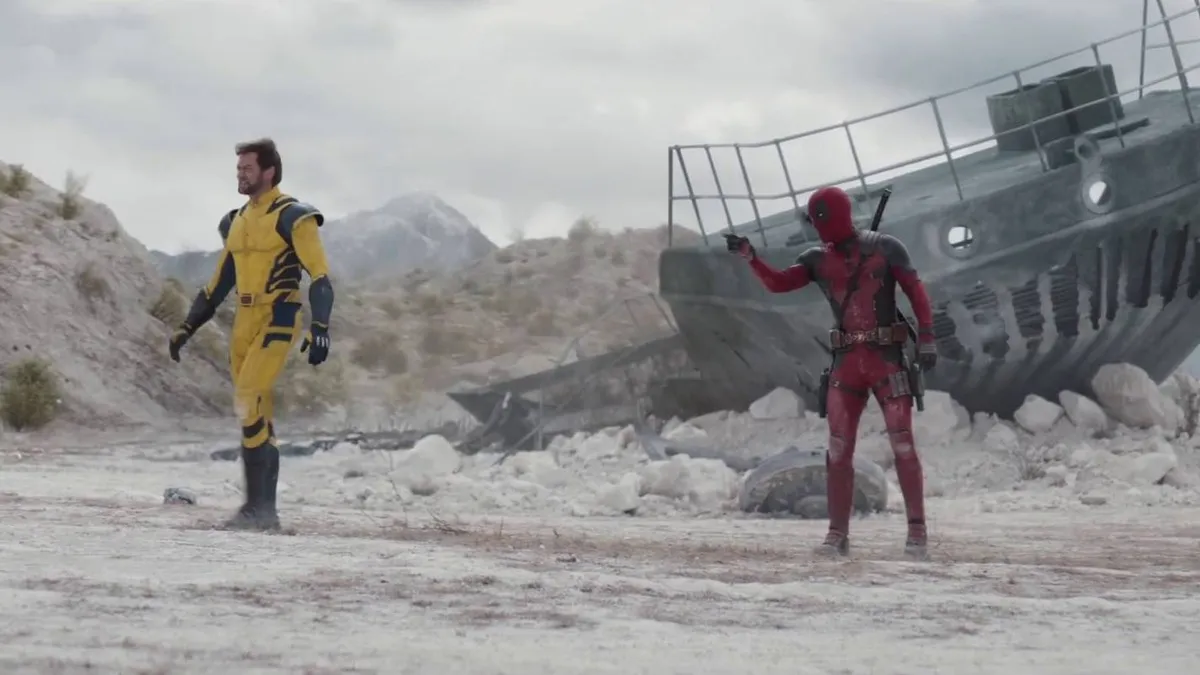
Since 1997, Steven Silver has been creating documentaries for the Canadian Broadcasting Corporation (CBC), as well as PBS, the History Channel and the Discovery Channel. They include Stories from the War Zone, The Great Atlantic Air Race and Diameter of the Bomb. This year, he released his first full-length feature film called The Bang Bang Club.
The Bang Bang Club tells the true story of four photographers during the downfall of the Apartheid period in South Africa. This is roughly between 1990 and 1994, the years when Nelson Mandela was released from prison and elected president of South Africa. These four photographers were Greg Marinovich (Ryan Phillipe), Kevin Carter (Taylor Kitsch), Ken Oosterbroek (Frank Rautenbach) and Joao Silva (Neels Van Jaarsveld).
The photographs they captured were powerful and horrifying. They opened the eyes of the world to the uprising in Africa. Marinovich and Carter both went on to win Pulitzer Prizes for their work. The film also stars Malin Akerman, Patrick Lyster and Russel Savadier and is based on the auto-biographical book The Bang Bang Club: Snapshots from a Hidden War, written by Marinovich and Silva.
We had a chance to sit down with Silver this week in celebration of the DVD/Blu-ray release of the film. Check out what he had to say below.
We Got This Covered: In your own words, tell us what The Bang Bang Club is about?
Steven Silver: It’s the true story of four young photographers who began taking photographs in South Africa in the early ‘90s. And they were just very good at what they did. So much so, they became famous for having a knack for finding photographs of violence and as a result, they were nicknamed The Bang Bang Club. Two of them won Pulitzer Prizes. Two of them died; one was shot in a gunfight, the other committed suicide after taking a Pulitzer Prize winning photograph. The story is told through one of the surviving photographers, Greg.
WGTC: How much of the story did you know before you wanted to make it into a film?
SS: The story’s been around for a very long time and, certainly, I’m South African and I grew up in South Africa. I was a student activist before I was a filmmaker. I wasn’t so much just aware of the events, but I was also at some of the events described in the book. And, certainly, Kevin Carter’s story and the photo he took of the child in Sudan and the vulture, which won the Pulitzer Prize.
Most people in South Africa were aware of that and aware that Kevin had committed suicide shortly after that photo was taken. I was certainly aware of who they were before there was even a book. I met the two surviving photographers around the time they were starting to write the book and optioned the life rights to their story and the rights to a manuscript that would eventually become The Bang Bang Club. I then began a very long journey into getting the movie financed and finally made.

WGTC: Were Greg and Joao involved in the filmmaking?
SS: Yeah, they re-drafted the script and were on set for most days of the shoot. They also saw rough cuts of the film. Having them around was really important to us in getting the film right.
WGTC: You were originally a documentary filmmaker before making this movie. How was it like to switch from making a documentary film to a feature film?
SS: More difficult than I thought it would be. In one way, the amount of youth and savvy that my history of being a documentary filmmaker gave me in making my first drama was of less use than I thought it would be. The process is very different. It was quite a steep learning curve in doing my first feature.
WGTC: What made you decide to do this as a feature film as opposed to a documentary?
SS: Partly because two of the sort of key characters, in particular Kevin Carter, were not alive anymore. I really wanted the chance to explore what it would have been like to have him on screen and turn him into a three dimensional character. That was one of the important reasons. The other was that I think that if we had done it as a documentary, I’m not sure you would get much of a feel to what it would be like to be a photojournalist. I think doing it as a drama, and being able to recreate those moments, helps an audience experience what it’s like to do that work and what it’s like to work behind the camera lens in the middle of a war zone.

WGTC: Do you have any more feature films coming up?
SS: Yeah, I have a drug smuggling surfer film that I’m hoping to do next, which has Aaron Eckhart attached to it.
WGTC: I hadn’t heard of The Bang Bang Club prior to being assigned this interview. Did this movie get a release of any kind in the U.S.?
SS: Yes. It was released in the U.S. by Tribeca Films, so it got that platform release in arthouse cinemas around the country and it was also released on VOD at the same time, which is a new sort of strategy being used by companies like Tribeca or IFC. In Canada, it got a limited release. It also opened wide in South Africa on 53 screens.
WGTC: Out of all the photos shown in the movie, how many of them were the actual photos themselves and how many of them were recreations of the photos?
SS: In the moments where we are re-creating the photos, the stills that we capture are re-created stills. There is one montage sequence where I cut to some of their original photographs. And then right at the end, there’s a credit sequence, which has their original photographs in it. But otherwise, the recreated scenes are all recreations of their actual photographs.
WGTC: Since you switched from doing documentary filmmaking to a feature film, was there anything that you kind of felt nervous about in doing a dramatization of the true story as opposed to just telling the true story?
SS: There wasn’t really anything I necessarily felt nervous about. What I struggled with throughout the making of the film was how closely do we keep to the historical record and where and how much should we take from the story and how much stuff to make up. Walking that line was something we contended with all the way through the writing, the making, the production and even the edit. That was sort of a real balancing act for us with the film. We felt that if we simply took the documentary route and stick closely to the truth, it may feel somewhat sort of staged. If we departed too far from what actually happened, it would lose the very tough action with it being a true story.
That was sort of something that we dealt with a lot. We also spent a lot of time dealing with the fact that, I think, making films about journalists is a very tough enterprise. They tend to suggest themselves as good subjects for film, but, in fact, they’re quite deceptive and they’re actually very bad subjects for film. They present themselves as good subjects because they sort of take you to these very exciting events and these very traumatic events. The problem is they rarely have stakes in those events. You face difficulty and danger in telling their story more than the story of the people that they’re covering. That was something that was also a balancing act that we had to negotiate in the making of this film.
If we told too much of the context, you would care more about the plight of South Africa’s people who were trying to liberate themselves from Apartheid. But then you wouldn’t really care too much for these four white photographers. If we didn’t tell enough of the context, you wouldn’t get why the photographs they were taking were important, why they were historically important, why it was important that they did this kind of work and why what they did matter.
This concludes our interview with Steven, but we would like to thank him for taking the time to talk to us. Be sure to check out The Bang Bang Club, now available to rent or own on DVD/Blu-ray.


